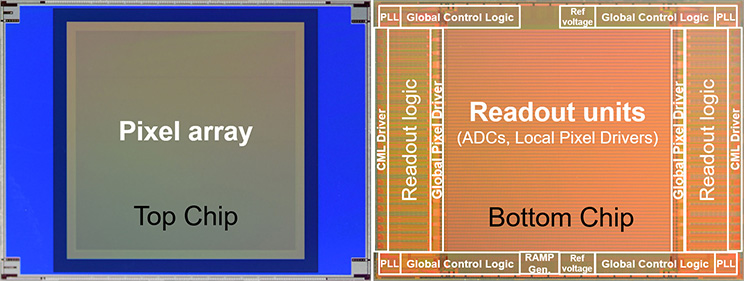Nikon Unveils 1-Inch Sensor That Can Shoot 1,000 FPS in 4K
![]()
Nikon has announced the development of a 17.84 million pixel, 1-inch stacked CMOS sensor that can shoot “high-resolution images” at up to 1,000 frames per second in shoot 4K and promises a particularly impressive wide dynamic range.
The announcement comes after its initial unveiling at the International Solid-State Circuits Conference in San Francisco on February 15. Nikon says that while it is an optical equipment manufacturer, it is also engaged “in the research and development of cutting-edge image sensors.” Nikon goes on to say that it chose to invest in this area because of the high demand for compact, lightweight, high frame rate, wide dynamic range, high-resolution image sensors on the market.
“The technological development of image sensors is indispensable for Nikon, which leads the video industry, and we will continue to research and develop sensors in response to market demands,” the company writes.

Nikon’s new sensor claims the “highest level of HDR characteristics of 110dB and high-speed shooting of 1,000 frames per second.” It uses a fine-pitch layered connection technology that can handle 2.7 um pixel sizes, which Nikon says makes it possible to control the top chip with an image sensor directly from the logic circuit of the bottom chip. While shooting in 4K (in a 4K by 4K square, noted below), it can maintain that high dynamic range and high speed of 1,000 frames per second.

Nikon provided the graphic below to show how it arranged the pixels on this sensor. The top chip has a 16×16 set of pixels as one block, and 264×264 blocks (for a total of 4224×4224 pixels) are divided and arranged. With this setup, Nikon says that it is possible to finely control the exposure time of these blocks from the bottom chip for each area. This allows the sensor to have a very wide dynamic range.
![]()
Below is a more visual example of what Nikon says this sensor can do. On the left is a sample image taken with this new sensor, which shows that both the dark and bright areas can be exposed. On the right is an example of a more traditional camera sensor, where two images must be taken in order to properly expose the bright and dark areas of the image.
![]()
Nikon mentions possible markets for this sensor ranging from compact cameras and smartphones to industrial purposes like cars, so it isn’t clear yet what Nikon’s target market is for this particular sensor. What is important to note is that Nikon is making sensors at all, and focusing on the video space at that. Not only is the company investing in research and development in a sector that has been dominated by Samsung, Sony, and Canon, but is doing so with a sensor that right out of the gate seems particularly impressive with regard to frame rate, resolution, and dynamic range.